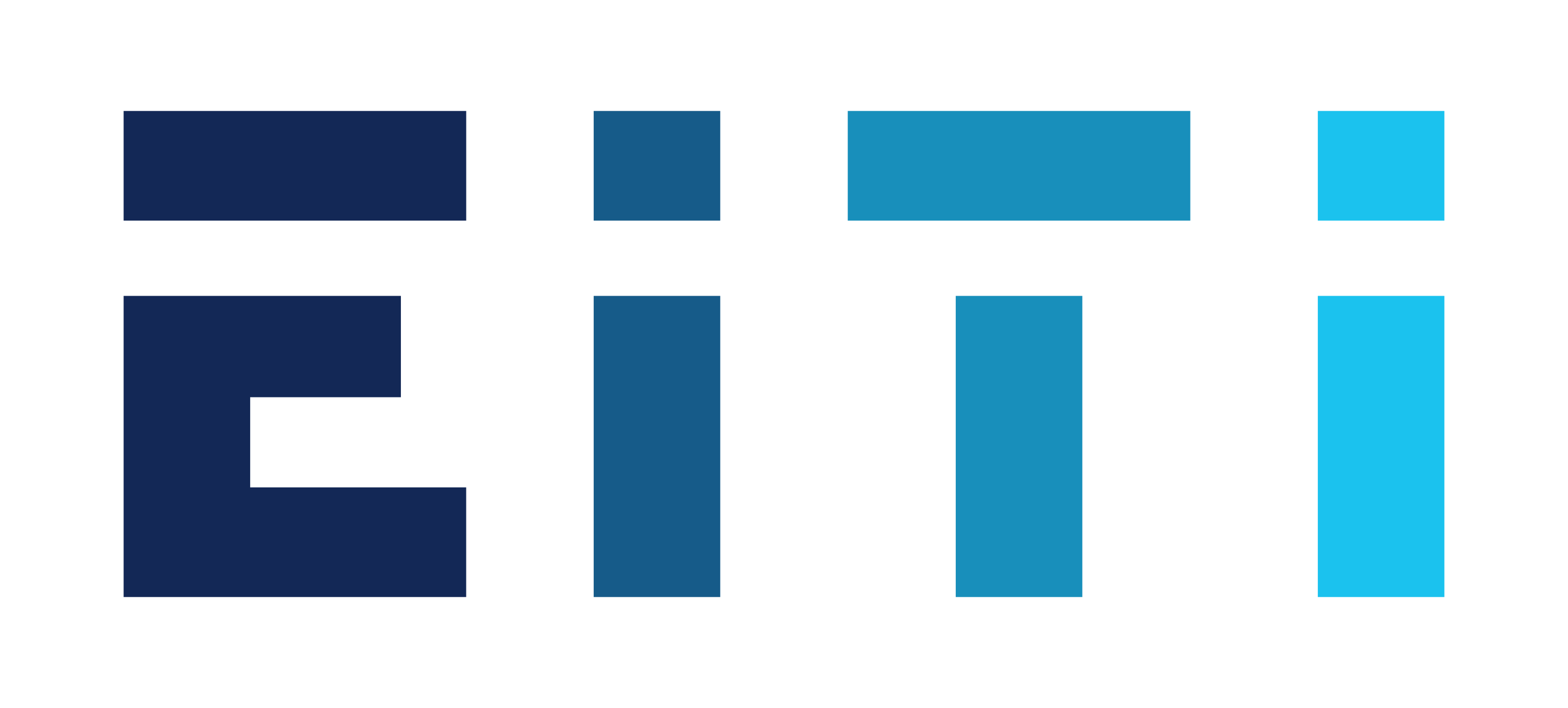
Consultation for improving the collection, dissemination and use of EITI summary data
Introduction
The EITI invites stakeholders to comment on opportunities to improve the collection, dissemination and utilisation of EITI summary data.
A revised template is attached below for comment. Stakeholders are invited to comment on:
- Does the template adequately address the challenges encountered with data collection, including user guidance and issues related to data standardisation?
- Does the template adequately incorporate new developments in EITI implementation, such as an increased focus on systematic disclosures and enabling project-level reporting?
Comments are invited by 7 January 2019, and can be sent to data@eiti.org.
Background
Open data is an integral part of EITI’s goal of contributing to transparency and accountability in the extractive sector. Whereas national secretariats contribute to gathering and analysing their extractive sector on the national level, the International Secretariat contributes to make this information comparable across countries and time. The Summary data template is EITI’s tool for collecting and publishing EITI data in a structured way. These are Excel files, filled out by EITI implementing countries as part of the agreed upon procedures of the EITI Board.
National secretariats or Independent Administrators submit data files for every fiscal year covered by EITI Reports. The data files include information within three main themes covering general characteristics of extractive sector reporting in EITI countries, some contextual data required by the EITI Standard, and revenue data using international standards for revenue classification. These are in the end made publicly available as per EITI’s Open data policy. The standardised data files are imported to the EITI’s website, where the data is made available through multiple open formats.[1]
Since the introduction of the Summary data template in 2015, national secretariats have made significant efforts to ensure that new EITI Reports are accompanied by data files. In addition, the International Secretariat have in collaboration with national secretariats ensured that previous EITI Reports have also been made available in open formats. Since its inception, more than 358 fiscal years have now been made available. Please visit our website here to view what data is currently accessible.
[1] The data is available through EITI’s Application Programming Interface (API), https://api.eiti.org/; the Quick comparison tool, https://eiti.org/explore-data-portal#compare-key-figures-in-eiti-reports; through Excel files via EI’I's Google Drive, https://drive.google.com/drive/folders/0B9Bl74fkjArzcWtDMDE3eUtYajA; and, through the various data visualisations on the EITI website, https://eiti.org/countries.
About EITI
We believe that a country’s natural resources belong to its citizens. Our mission is to promote understanding of natural resource management, strengthen public and corporate governance and accountability, and provide the data to inform policymaking and multi-stakeholder dialogue in the extractive sector. By becoming a member of the Extractives Industries Transparency Initiative (EITI), countries commit to disclose information along the extractive industry value chain – from how extraction rights are awarded, to how revenues make their way through government and how they benefit the public. Through participation in the EITI, more than 50 countries have agreed to a common set of rules governing what has to be disclosed and when – the EITI Standard. In each country that has joined the EITI, a multi-stakeholder group, composed of government, companies and civil society, supports implementation of the EITI Standard.

